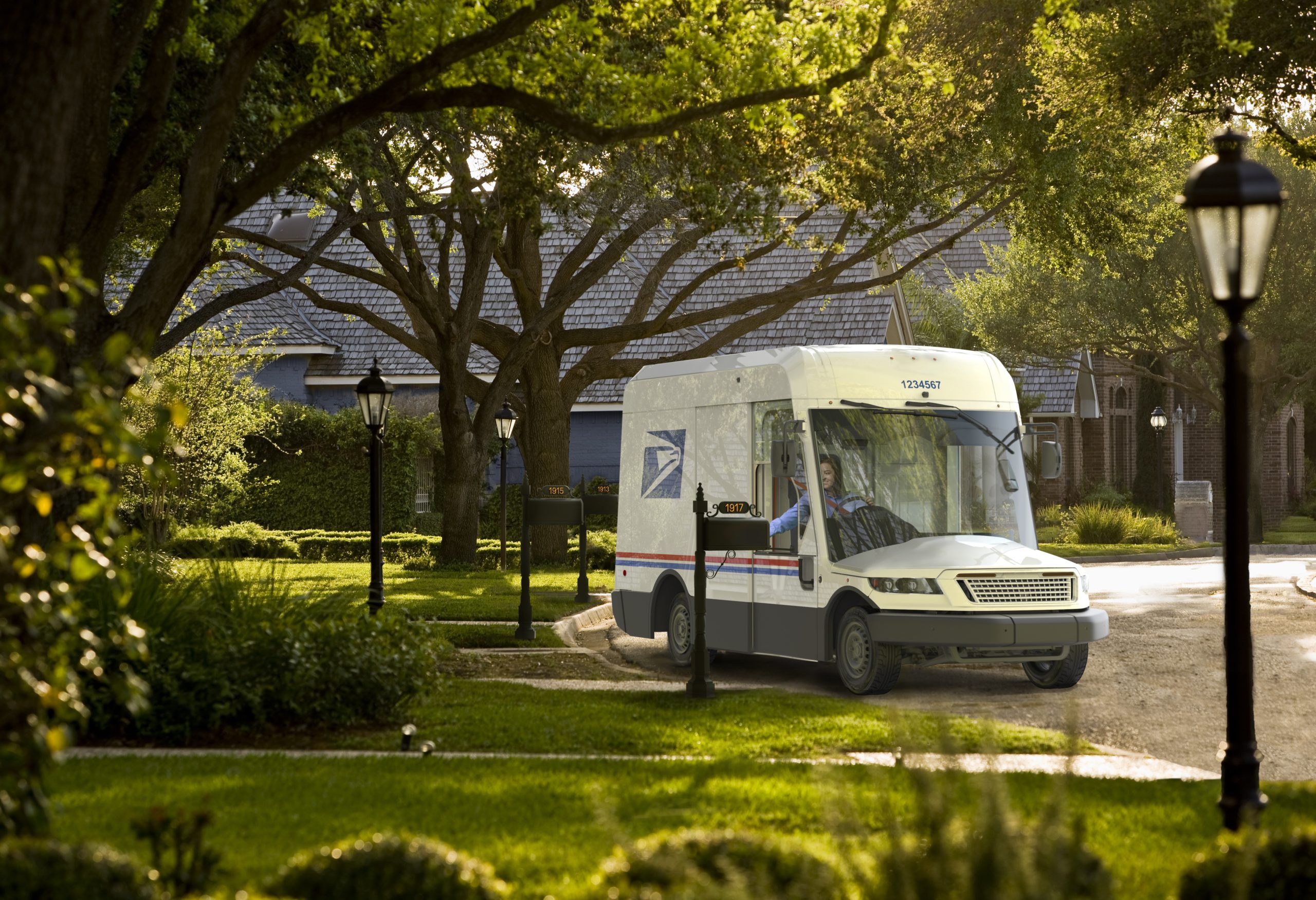

Report: Shifting the federal fleet to EVs could save US taxpayers $4.6 billion by 2030Report: Shifting the federal fleet to EVs could save US taxpayers $4.6 billion by 2030
Shifting the federal fleet to electric vehicles could save United States taxpayers $4.6 billion by 2030, according to a report released last month by the Electrification Coalition and Atlas Public Policy (via InsideEVs).
The report found that 97% of the light-duty vehicles and buses in the federal fleet could be replaced with EVs by 2030, and 40% could be made electric by 2025.
These totals don’t include the United States Postal Service fleet, which the report noted would be well-suited to electrification because mail trucks operate on predicable routes that don’t take them far from central depots.
The report also claims that, by 2025, EVs will be cheaper than internal-combustion vehicles for 99% of USPS light-duty vehicle applications. Going electric at that point could save $2.9 billion, and estimated savings rise to $4.3 billion by 2030, according to the report.
USPS Next Generation Delivery Vehicle – Oshkosh Defense
President Biden has been emphasizing American-made and union-built vehicles for federal agencies, and the USPS has begun the process of replacing its aptly-named Long Life Vehicles (LLVs), which have been in service for decades. However, under a contract awarded last year to Oshkosh Defense, just 10% of new mail trucks will be electric.
Oshkosh Defense, which has no apparent experience with EVs, has said its mail trucks could be converted to electric power at a later date. But that means the vehicles delivered with internal-combustion engines could be producing tailpipe emissions for a long time, and might even be replaced before the proposed electric conversions take place.
Congress did consider mandating an all-electric USPS fleet, but that effort soon lost traction. It could be revived as part of future legislation, perhaps.
EVs won’t just lower the operating costs of government fleets. A study from UC Berkeley released earlier this year found that American households could save $1,000 annually by going electric.
View original article at: “https://www.greencarreports.com//news/1133513_report-shifting-the-federal-fleet-to-evs-could-save-us-taxpayers-4-6-billion-by-2030”
Add a comment Cancel reply
Comments (0)
รับทำ SEO
… [Trackback]
[…] Find More Information here on that Topic: autoseu.com/report-shifting-the-federal-fleet-to-evs-could-save-us-taxpayers-4-6-billion-by-2030report-shifting-the-federal-fleet-to-evs-could-save-us-taxpayers-4-6-billion-by-2030/ […]
อะไหล่เครื่องใช้ไฟฟ้า
… [Trackback]
[…] Find More to that Topic: autoseu.com/report-shifting-the-federal-fleet-to-evs-could-save-us-taxpayers-4-6-billion-by-2030report-shifting-the-federal-fleet-to-evs-could-save-us-taxpayers-4-6-billion-by-2030/ […]
look at these guys
… [Trackback]
[…] Find More Information here to that Topic: autoseu.com/report-shifting-the-federal-fleet-to-evs-could-save-us-taxpayers-4-6-billion-by-2030report-shifting-the-federal-fleet-to-evs-could-save-us-taxpayers-4-6-billion-by-2030/ […]
sleep meditation
… [Trackback]
[…] Find More on that Topic: autoseu.com/report-shifting-the-federal-fleet-to-evs-could-save-us-taxpayers-4-6-billion-by-2030report-shifting-the-federal-fleet-to-evs-could-save-us-taxpayers-4-6-billion-by-2030/ […]
order Atlantic truffle near me
… [Trackback]
[…] Find More on that Topic: autoseu.com/report-shifting-the-federal-fleet-to-evs-could-save-us-taxpayers-4-6-billion-by-2030report-shifting-the-federal-fleet-to-evs-could-save-us-taxpayers-4-6-billion-by-2030/ […]
Related posts


Electric SUVs: Top 6 Models for Family Trips











